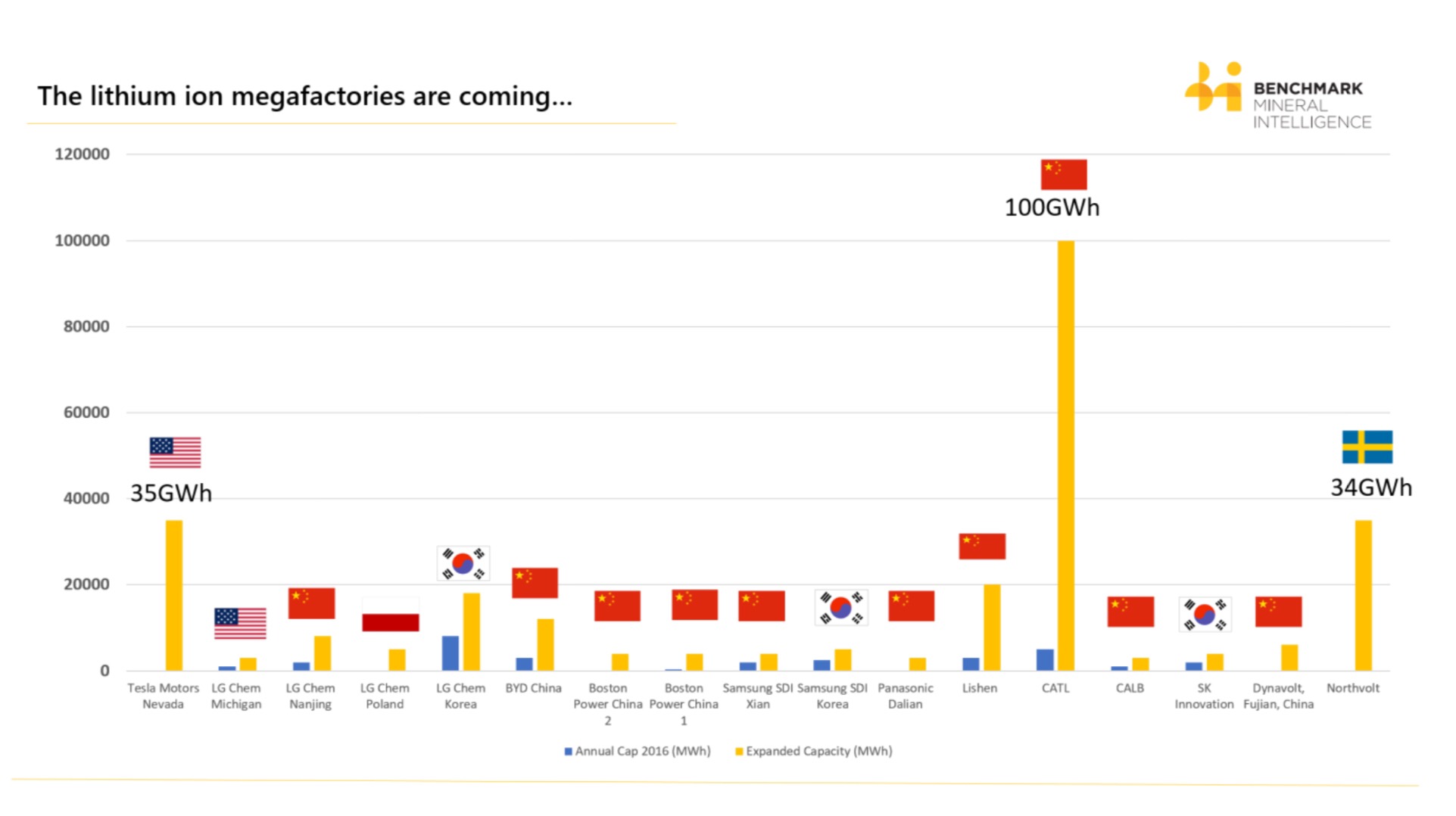Earlier last month, the European Commission released an updated list of critical raw materials in the context of the European Union’s “Raw Materials Initiative” – a project put forward in 2008 to tackle challenges associated with raw material access.
The 2017 list is an update and expansion of the Commission’s 2014 list, identifying 27 raw materials “with a high supply-risk and a high economic importance to which reliable and unhindered access is a concern for European industry and value chains.”
According to the Commission’s official communication,
“The list should help incentivise the European production of critical raw materials through enhancing recycling activities and when necessary to facilitate the launching of new mining activities. It also allows to better understand how the security of supply of raw materials can be achieved through supply diversification, from different geographical sources via extraction, recycling or substitution.”
The list, which was expanded by nine over the 2014 iteration, can be viewed here.
Followers of ARPN will recognize many listed materials as ones we have treated on our blog. Many – among them Indium, Gallium, Cobalt, Germanium, Vanadium, Scandium and the Rare Earths — are what we have dubbed Co-Products accessed largely by way of Gateway Metal production.
Meanwhile, in the United States, individual agencies have begun to take their own steps to measure mineral resource criticality and to address associated issues, but on the whole, our nation – in spite of the fact that our mineral resource dependencies have deepened over time and constitute a “clear and present danger” – is still a far cry from formulating a comprehensive mineral resource strategy.
The EU appears to have realized that “[r]aw materials, even if not classed as critical, are important for the (…) economy as they are at the beginning of manufacturing value chains. Their availability may quickly change in line with trade flows or trade policy developments underlining the general need of diversification of supply and the increase of recycling rates of all raw materials….” Europe seems to have made the connection between metals and minerals access and modern manufacturing. U.S. Government, are you listening?





